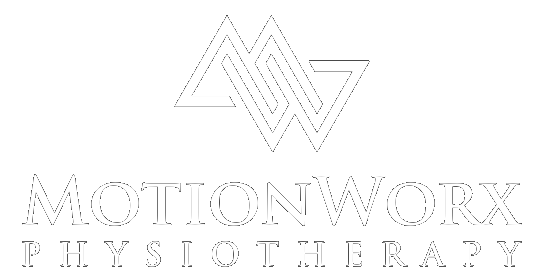A common question I get asked is “What is the difference between Acupuncture and IMS (Intramuscular Stimulation)”? They both use the same type of needle for treatment, but that’s where the similarities end.

Traditional Acupuncture is based on Eastern Chinese medicine principles of meridians and energy flows. The body has 12 different meridians or channels which stem from the inner organs and manifest along different parts of our body. Energy, or Qi (pronounced “chi”), flows freely along the meridians in a healthy body. When there is a blockage of energy along one or more of these meridians, we can develop symptoms or problems. This could be pain, inflammation, muscle stiffness or it could affect the immune system or organs. Along these meridians are many acupuncture points which serve different purposes. We have pain points, inflammation points, healing points, relaxation points, muscle/tendon points to name but a mere few. A physiotherapist will select which points to use based on what area is injured in your body and what we are trying to achieve with treatment (decrease pain, increase mobility, promote healing etc). With Acupuncture, we may use points that aren’t even close to your injury site because we want to restore energy flow to the whole meridian. The needles are inserted just through the skin, not very deep, and they are typically left in for 15-20 minutes depending on what is indicated. You generally do not feel anything specific and a lot of patients report feeling very relaxed after treatment. Acupuncture is usually not painful.

It is important to mention that physiotherapists who do acupuncture are licensed to use the technique to treat musculoskeletal problems whereas an Acupuncturist is licensed/trained to treat for all body problems.
IMS is physiologically and scientifically based. You might think of it as a western acupuncture approach. As discussed in the two previous blogs, the acupuncture needle is inserted deeper into the tight bands of the muscle to elicit a cramp or twitch response and then removed immediately once the muscle relaxes. The needles do not stay in like they do in traditional Acupuncture – get in and get out! We select our treatment points based on which muscles are tight/shortened, which areas are displaying signs of neuropathic changes, and based on the nerve pathway that supplies the injured area. When talking about the nervous system, we always treat around the spine because our nerves originate off the spinal cord. For example, if you have an Achilles tendonitis caused by the calf muscle being shortened/tight, we would needle not only the calf muscles, but also the muscles which are supplied by the same nerve roots. In our example, this would be the L5-S1 nerves which include the hamstrings, glute muscles and the paraspinal muscles around L5-S1 vertebrae in the spine. The cramping effect we feel in the muscle with IMS is uncomfortable and some might say a little painful, but this discomfort is short lived. After an IMS treatment, you feel a little achy and stiff from the lactic acid that is released as part of the natural healing process in the body but often the original pain for which you came in feels better.

Both Acupuncture and IMS can be very effective, so ask your physiotherapist which treatment is better suited for your injury – maybe it’s both!
Everyone likes a good combo meal deal!
Ingrid Witt, BScPT, CPMA, GunnIMS
Registered Senior Physiotherapist
ingrid@motionworxphysio.com
